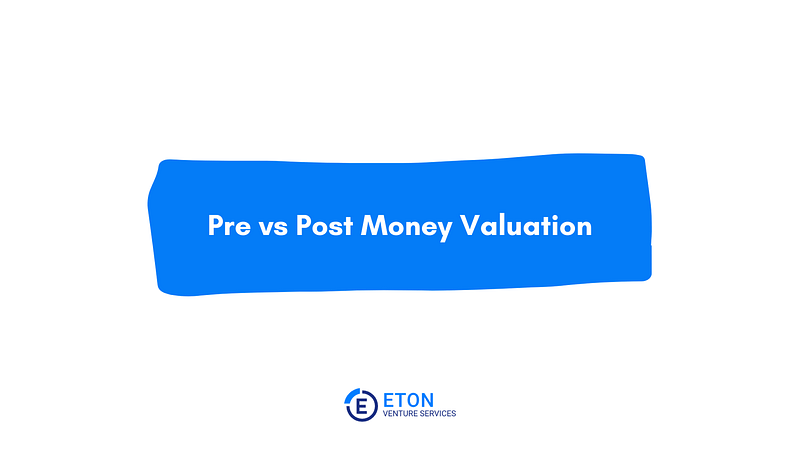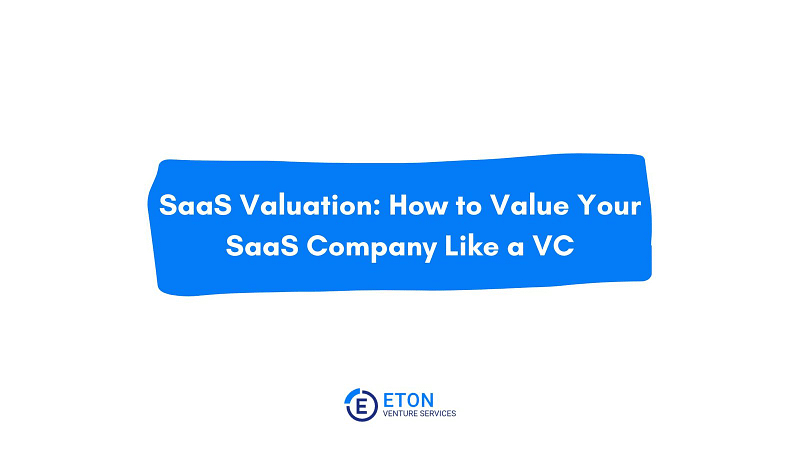The Ultimate Guide to QSBS Stacking: Maximizing Tax Benefits
In the ever-evolving landscape of taxation, it’s crucial for individuals and businesses to take advantage of every available opportunity to minimize their tax burden. One often overlooked strategy is QSBS stacking, a powerful tool that can result in substantial tax benefits. In this comprehensive guide, we comb through the intricacies of QSBS stacking, from understanding its definition and importance to navigating potential challenges.
Understanding QSBS Stacking
Before diving into the details, let’s start by defining QSBS stacking. QSBS, or Qualified Small Business Stock, refers to shares in certain eligible small businesses. Stacking, in this context, refers to the process of combining multiple QSBS holdings to further leverage tax benefits.
When it comes to investing in small businesses, understanding the intricacies of QSBS stacking can be highly beneficial. By delving into this topic, investors can gain a deeper understanding of how to optimize their tax position and potentially increase their returns.
Definition of QSBS Stacking
QSBS stacking involves the aggregation of multiple QSBS holdings to take full advantage of the tax benefits associated with such investments. By consolidating multiple qualifying stocks, individuals can potentially increase the exclusion amount and decrease their tax liability.
Imagine a scenario where an investor holds shares in multiple eligible small businesses. Instead of treating each holding separately for tax purposes, QSBS stacking allows the investor to combine these holdings, potentially resulting in a higher exclusion amount. This means that a larger portion of the capital gains generated from these investments can be excluded from taxation.
The Importance of QSBS Stacking
The significance of QSBS stacking lies in its potential to maximize tax benefits. The Internal Revenue Code grants preferential treatment to QSBS, allowing eligible taxpayers to exclude a portion of their capital gains from taxation. By stacking multiple QSBS holdings, individuals can amplify the tax advantages and optimize their overall tax position.
By strategically combining QSBS holdings, investors can potentially reduce their tax liability and retain a larger portion of their investment gains. This can lead to increased wealth accumulation and improved financial outcomes.
Furthermore, QSBS stacking can be particularly advantageous for individuals who have invested in multiple successful small businesses. By consolidating their holdings, these investors can ensure that they fully capitalize on the tax benefits associated with QSBS, potentially resulting in significant tax savings.
It is important to note that QSBS stacking requires careful planning and adherence to the specific rules and regulations outlined by the Internal Revenue Service (IRS). Consulting with a qualified tax professional is highly recommended to ensure compliance and maximize the benefits of QSBS stacking.
In conclusion, understanding QSBS stacking is crucial for investors looking to optimize their tax position and potentially increase their returns. By consolidating multiple QSBS holdings, individuals can take full advantage of the tax benefits associated with these investments, potentially resulting in significant tax savings and improved financial outcomes.
The Basics of QSBS Stacking
Now that we have a foundational understanding of QSBS stacking, let’s explore the essential elements involved in this strategy.
QSBS stacking is a tax strategy that allows individuals to maximize the benefits of Qualified Small Business Stock (QSBS) by acquiring multiple holdings that meet the eligibility criteria. By strategically combining these holdings, investors can potentially enjoy significant tax savings and increased returns on their investments.
Eligibility Criteria for QSBS Stacking
Not all small business stocks qualify for the benefits of QSBS stacking. To be eligible, the stock must meet specific requirements outlined in the Internal Revenue Code. Some key criteria include:
- The stock must be issued by a qualified small business, generally a domestic C corporation engaged in an active trade or business;
- The stock issuance must have occurred after September 27, 2010; and
- The stock must have been acquired directly from the corporation in exchange for money, property, or services.
Meeting these eligibility criteria is crucial for individuals seeking to employ QSBS stacking strategies effectively. It is important to carefully review the requirements and consult with tax professionals to ensure compliance and maximize the potential benefits.
The Process of QSBS Stacking
Successful QSBS stacking involves meticulous planning and execution. The process typically begins with the acquisition of multiple QSBS holdings that meet the eligibility criteria. Investors may carefully research and identify small businesses that have the potential for growth and meet the necessary requirements.
Once the eligible stocks have been acquired, the next step is to aggregate them strategically. This requires careful consideration of various factors, such as the holding period, cost basis, and potential tax implications. Investors may need to navigate any restrictions or limitations imposed by tax regulations to optimize their QSBS stacking strategy.
Proper procedures and documentation are crucial in ensuring the validity and effectiveness of a QSBS stacking strategy. Investors should maintain accurate records of their acquisitions, holding periods, and any transactions related to their QSBS holdings. This documentation will be essential for tax reporting purposes and to demonstrate compliance with the eligibility criteria.
It is important to note that QSBS stacking is a complex strategy that requires a thorough understanding of tax laws and regulations. Investors should consult with qualified tax professionals to ensure they are making informed decisions and maximizing the potential benefits of their QSBS holdings.
Maximizing Tax Benefits with QSBS Stacking
Now that we have a strong grasp of the basics, let’s delve into the tax advantages associated with QSBS stacking and explore strategies to optimize these benefits.
When it comes to maximizing tax benefits, QSBS stacking offers a powerful tool for eligible taxpayers. By skillfully combining multiple qualified small business stock (QSBS) holdings, individuals can amplify their exclusions, resulting in substantial tax savings.
Tax Advantages of QSBS Stacking
The primary tax advantage of QSBS stacking lies in the potential exclusion of capital gains. The Internal Revenue Code allows eligible taxpayers to exclude a significant portion (up to 100%) of the gain realized from the sale of qualified small business stock. This exclusion can lead to substantial tax savings, especially when multiple QSBS holdings are strategically combined.
Imagine a scenario where an individual has invested in multiple qualified small businesses over the years. By skillfully timing the acquisition and sale of these QSBS holdings, they can optimize their exclusions and minimize the taxes owed. This strategic timing is a key aspect of QSBS stacking.
Furthermore, QSBS stacking allows for diversification in tax planning. Balancing QSBS investments with other investment strategies can provide overall tax diversification. This diversification can help individuals mitigate risks and maximize their tax benefits across different investment portfolios.
Strategies to Maximize Tax Benefits
To maximize tax benefits through QSBS stacking, individuals should consider employing various strategies:
Strategic Timing:
Carefully timing the acquisition and sale of QSBS holdings can optimize exclusions and minimize taxes. By understanding the holding period requirements and planning accordingly, individuals can strategically sell their QSBS holdings to maximize their tax benefits.
Diversification:
Balancing QSBS investments with other investment strategies can provide overall tax diversification. By diversifying their investment portfolio, individuals can spread their tax benefits across different assets and minimize the impact of any potential risks.
Consulting with Tax Professionals:
Seeking the guidance of experienced tax professionals ensures compliance with regulations and maximization of benefits. Tax professionals can provide valuable insights and help individuals navigate the complex tax landscape, ensuring they make informed decisions that optimize their tax benefits.
Implementing these strategies can enhance the effectiveness of QSBS stacking and improve overall tax planning outcomes. By leveraging the potential exclusions offered by QSBS stacking and combining them with strategic timing, diversification, and professional guidance, individuals can maximize their tax benefits and achieve significant savings.
Common Misconceptions about QSBS Stacking
Despite its potential benefits, there are some common misconceptions surrounding QSBS stacking. Let’s debunk these myths and shed light on the truths.
Debunking QSBS Stacking Myths
Myth 1: QSBS stacking is only for tech startups. The reality is that QSBS stacking can be applicable to a wide range of qualified small businesses, not limited to the technology sector.
Myth 2: QSBS stacking is too complex. While it does require proper planning and adherence to regulations, with the guidance of tax professionals, effectively implementing QSBS stacking strategies is attainable.
Truths about QSBS Stacking
Truth 1: QSBS stacking can result in significant tax savings. By harnessing the power of multiple QSBS holdings, individuals can optimize their tax position and maximize exclusions.
Truth 2: QSBS stacking requires careful consideration. While it might not be suitable for everyone, individuals can benefit greatly from proper planning and strategy implementation.
Navigating Potential Challenges in QSBS Stacking
While QSBS stacking offers compelling benefits, it’s essential to identify and address potential challenges that may arise.
Identifying Potential Risks
Some potential risks associated with QSBS stacking include:
Changes in Tax Legislation: Tax laws are subject to change, and amendments can impact the eligibility and benefits of QSBS stacking.
Limited Availability of QSBS: Finding eligible QSBS holdings that align with investment goals and objectives can prove challenging.
By staying informed and adapting to regulatory changes, individuals can mitigate these risks and navigate potential obstacles.
Overcoming QSBS Stacking Challenges
To overcome challenges in QSBS stacking, individuals can take proactive measures:
Continual Education and Awareness: Staying informed about tax laws and regulations ensures awareness of any changes that may affect QSBS stacking strategies.
Professional Guidance: Consulting with tax professionals well-versed in QSBS stacking can provide valuable insights and assistance in overcoming challenges.
By embracing these strategies, individuals can confidently navigate potential challenges and optimize the benefits derived from QSBS stacking.
In conclusion, QSBS stacking represents a compelling opportunity for individuals and businesses to maximize tax benefits. By understanding its intricacies, eligibility criteria, and strategic considerations, individuals can leverage multiple QSBS holdings to optimize exclusions and minimize tax liability. While challenges may exist, a proactive approach and consultation with tax professionals can help individuals navigate potential obstacles and unlock the full potential of QSBS stacking. Empower yourself with knowledge, explore the possibilities, and embark on a journey of tax optimization through QSBS stacking.
Discover the Eton Edge
At Eton Venture Services, we’re dedicated to helping you navigate the complexities of QSBS exclusions and limitations, ensuring you capitalize on the substantial tax benefits offered under IRC Section 1202. Trust our team of valuation experts to provide you with accurate, compliant, and independent valuations for your investments, avoiding the pitfalls of software-driven “form” models and inexperienced teams. Eton’s unparalleled client service and valuation expertise have already benefited countless industry leaders – now it’s your turn. Experience the Eton Edge and unlock the full potential of your QSBS investments. Contact Eton today.








